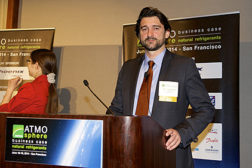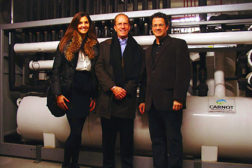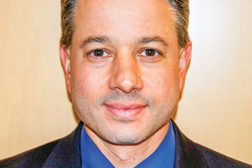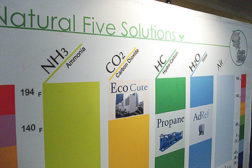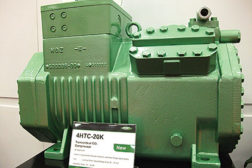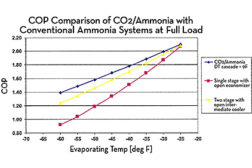Home » CO2 refrigeration
Articles Tagged with ''CO2 refrigeration''
Canadian Firm Joins EPA’s GreenChill
Refrigeration Manufacturer Focuses on CO2 Equipment
January 5, 2015
Developing Next-gen Refrigerants
It’s Time to Get Involved in the Ongoing Development of New Refrigerants
October 20, 2014
Oct. 9, 2014: Hussmann Announces Transcritical CO2 Refrigeration Systems Alliance
There Has Been Increasing Interest in CO2 Systems
October 9, 2014
Sept. 22, 2014: Natural Refrigerants Make Sense in Supermarket Applications, Says Carrier Study
Survey Provides Insights from European Food Retail Professionals
September 22, 2014
Copyright ©2024. All Rights Reserved BNP Media.
Design, CMS, Hosting & Web Development :: ePublishing
